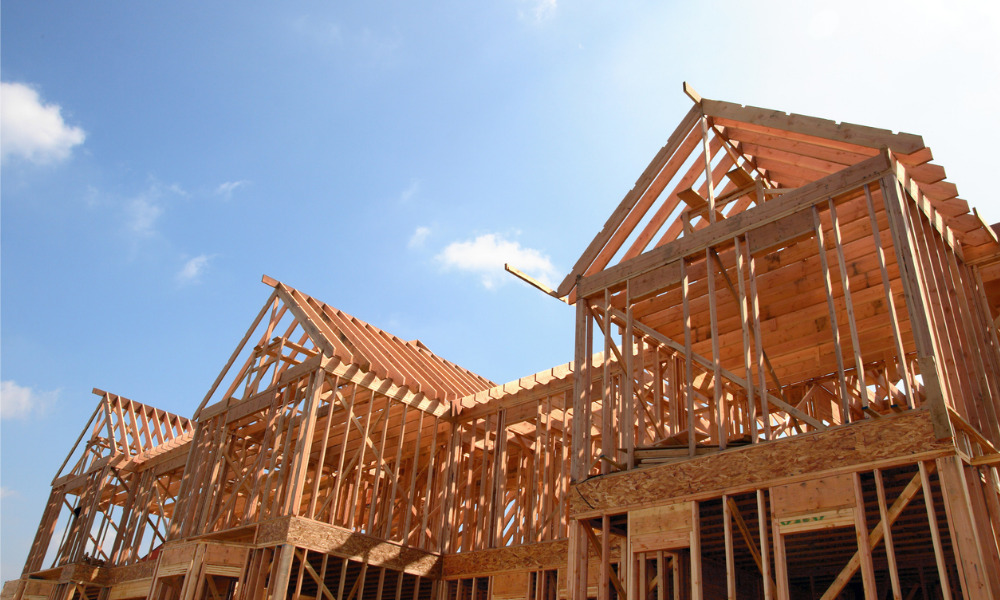Builders are putting up more homes in more affordable regions

The influx of people leaving big cities in search of bigger, more affordable space continued to spur housing construction in the suburbs and lower-cost markets.
A National Association of Home Builders (NAHB) report released Tuesday showed that this trend is particularly more pronounced in the multifamily sector. During the second quarter, multifamily construction rose by 14.3% in small metro cores and was up by 25.5% in suburban areas, while large metro core areas posted a 0.5% drop. In the segment defined as the “most affordable” regions, multifamily homebuilding has spiked 48.3% since Q2 2020.
“The trend of construction shifting from high-density metro areas to more affordable regions, which accelerated at the beginning of the pandemic early last year, appears to be continuing,” said NAHB chairman Chuck Fowke. “Lower land and labor costs and lower regulatory burdens in suburban and exurban markets make it more appealing to build in these communities. And workers are increasingly flocking to these areas due to expanded teleworking practices and lower housing costs.”
Read more: Home-buying preferences making suburban shift – NAHB
Single-family construction also continued to shift toward more affordable markets. Exurbs and outer suburbs of medium-sized cities accounted for 18.1% of single-family homebuilding in Q2, representing a market share increase of 0.8% since Q4 2019. And while 45.8% of single-family construction occurred in core areas of large and medium-sized metros, that share has declined 1.2% in that period.
“There was a marked increase in new apartment construction outside large metro areas as people have greater flexibility to live and work in more affordable markets,” said NAHB chief economist Robert Dietz. “Similarly for the single-family sector, the HBGI data revealed that construction growth occurred more proportionally in these more affordable areas as well, while declining in terms of market share in the most expensive counties. However, overall single-family starts have slowed in recent months largely because of rising prices and limited availability of a broad range of key building materials.”



